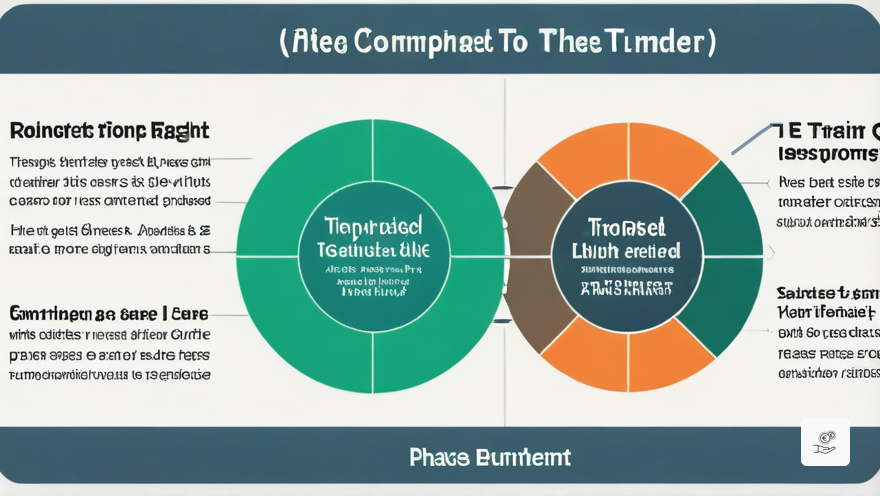The Ultimate Showdown: Unveiling the Distinctive Attributes of The Funded Trader and E8 Funding (Extended)

Profit Targets and Loss Limits: A Comparative Analysis
When it comes to profit targets, The Funded Trader stands out with a more ambitious Phase 1 goal of 10%, surpassing E8 Funding’s 8%. However, both firms converge on a 5% target in Phase 2, demonstrating a shared understanding of traders’ risk appetite.
In terms of loss limits, The Funded Trader and E8 Funding initially impose a 5% daily limit. However, The Funded Trader offers the flexibility to expand this limit to 6%, while E8 Funding remains steadfast at 5%. As traders progress, both firms cap the maximum loss limit at 10%, with The Funded Trader allowing an increase to 12% and E8 Funding scaling up to 14%.
Minimum Trading Days and Maximum Trading Period: Striking a Balance
The 5 most important things about Uprofit

- Profit Targets and Loss Limits: A Comparative Analysis
- Minimum Trading Days and Maximum Trading Period – Striking a Balance
- Profit Splitting: A History of Incentives
The Funded Trader and E8 Funding diverge in their minimum trading days requirement. The Funded Trader requires a minimum of 3 days of active trading, while E8 Funding mandates at least 5 calendar days. This difference reflects the varying approaches to trader accountability and risk management.
When it comes to the maximum trading period, both firms provide an open-ended timeframe for traders to achieve their targets. This flexibility empowers traders to tailor their trading strategies to their unique circumstances and risk tolerance.
Profit Split: A Tale of Incentives
The profit split terms between The Funded Trader and E8 Funding offer distinct incentives. The Funded Trader’s split starts at 80% and can ascend to 90%, providing a potential windfall for high-performing traders. In contrast, E8 Funding maintains a consistent 80% split, ensuring a stable return on investment.
This comparison between The Funded Trader and E8 Funding (Extended) illuminates the nuanced differences between these two prominent funding firms. By understanding the intricacies of their profit targets, loss limits, trading day requirements, and profit splits, traders can make an informed decision that aligns with their individual trading preferences and aspirations.




